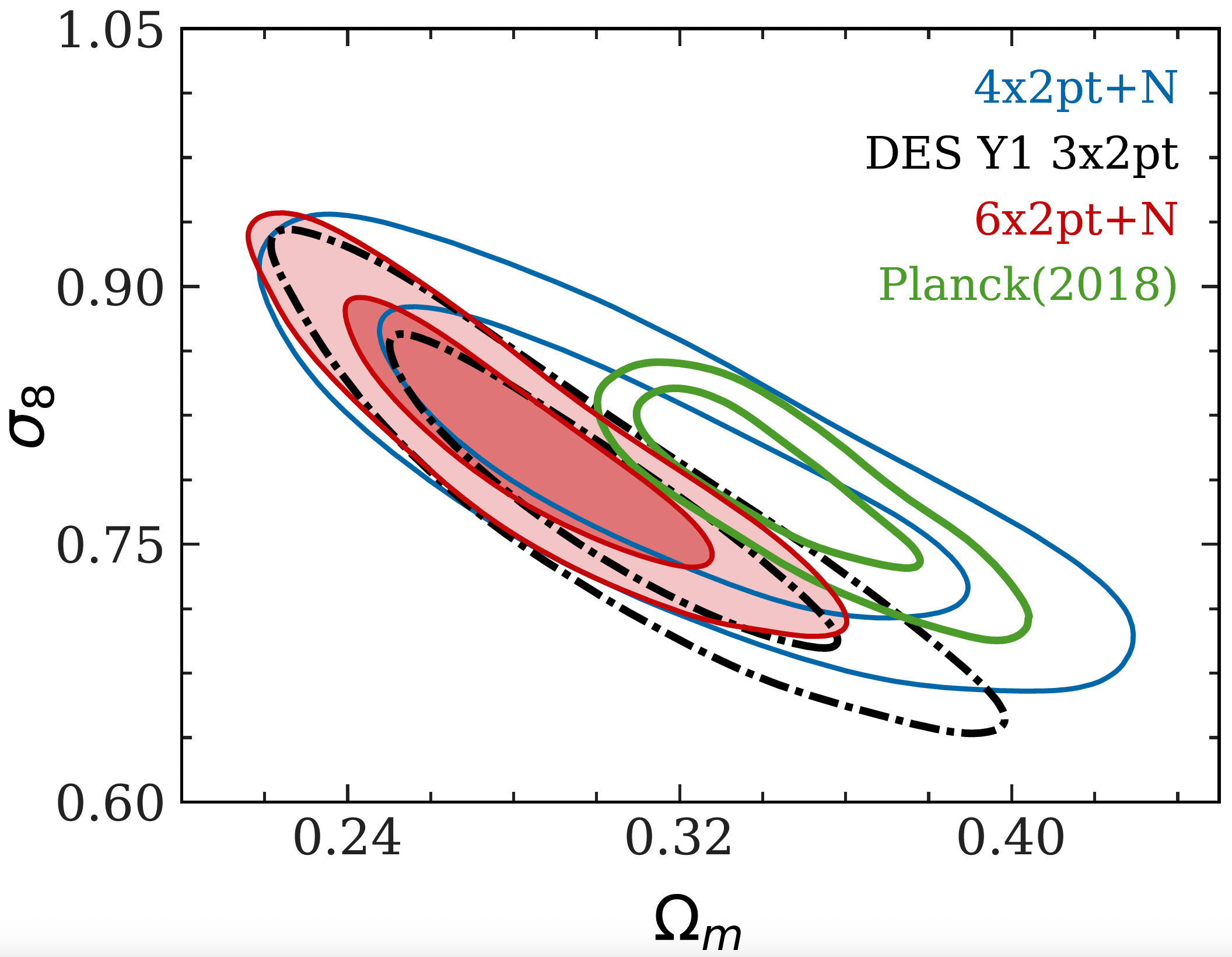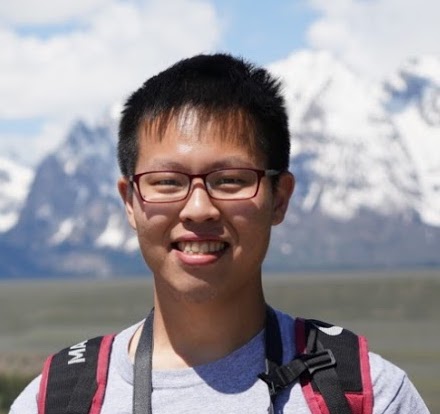Research
My main research interests are studying the formation and evolution of large-scale structures in our universe and how they affect the evolution of galaxies. Some specific projects I have been working on are listed below.
Multi-probe cluster cosmology
I develop and validate a novel method for cluster cosmology, which not only provides a way to constrain cosmology using photometrically-selected galaxy clusters but also enables the combination of cluster abundances and other cosmological probes in wide imaging surveys. Specifically, I propose to jointly model the abundance of galaxy clusters and large-scale two-point correlations, namely galaxy clustering, galaxy–cluster cross-correlations, cluster clustering, and cluster lensing.
Simulation validation
To validate the pipeline, in To, Krause et al. 2020a, we present the first end-to-end simulation validation of a cluster abundance cosmology analysis on galaxy catalog-level simulations.
Application on data

We apply the method on the DES-Y1 data (To, Krause et al. 2020b). This analysis presents the first joint analyses of clusters, galaxies and shears.
Machine learning based likelihood evaluation tools
To efficiently perform likelihood analysis for cosmological surveys, we develop a neural network based MCMC inference tools (To et al. 2022). We validate the performance of the tools on DES-Y1 data as well as LSST Y10 simulated data.Galaxy–halo connection

When using properties of galaxies to elucidate the properties of dark matter and hence to constrain cosmological parameters, it is crucial to understand the connection between galaxies and their host dark matter halos.
In To et al. (2020b) , we study how early type galaxies and their host dark matter halos are connected by using the optically selected cluster sample (redMaPPer). We present a detailed study on how potential systematics which are not considered by other works could affect the constraints.

